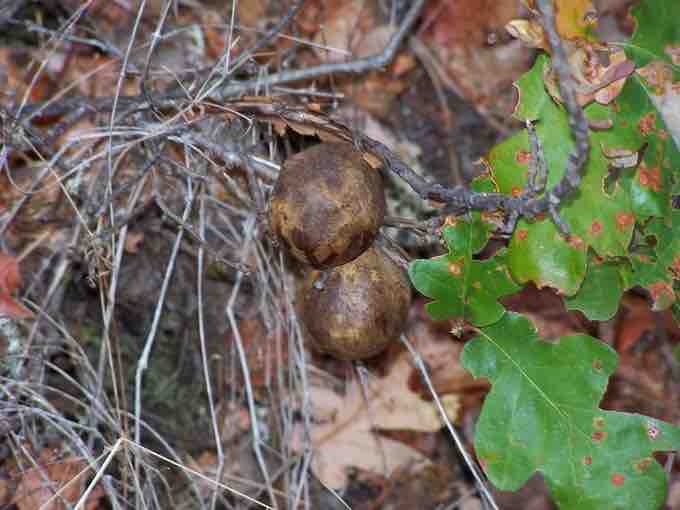Plant Viruses
Plant viruses, like other viruses, contain a core of either DNA or RNA. As plant viruses have a cell wall to protect their cells, their viruses do not use receptor-mediated endocytosis to enter host cells as is seen with animal viruses. For many plant viruses to be transferred from plant to plant, damage to some of the plants' cells must occur to allow the virus to enter a new host. This damage is often caused by weather, insects, animals, fire, or human activities such as farming or landscaping. Additionally, plant offspring may inherit viral diseases from parent plants.
Plant viruses can be transmitted by a variety of vectors: through contact with an infected plant's sap, by living organisms such as insects and nematodes, and through pollen. When plant viruses are transferred between different plants, this is known as horizontal transmission; when they are inherited from a parent, this is called vertical transmission.
Symptoms of viral diseases vary according to the virus and its host. One common symptom is hyperplasia: the abnormal proliferation of cells that causes the appearance of plant tumors known as galls . Other viruses induce hypoplasia, or decreased cell growth, in the leaves of plants, causing thin, yellow areas to appear. Still other viruses affect the plant by directly killing plant cells; a process known as cell necrosis. Other symptoms of plant viruses include malformed leaves, black streaks on the stems of the plants, altered growth of stems, leaves, or fruits, and ring spots, which are circular or linear areas of discoloration found in a leaf.

Oak tree galls
Galls are abnormal plant growth or swellings comprised of plant tissue. Galls are usually found on foliage or twigs. These unusual deformities are caused by plant growth-regulating chemicals or stimuli produced by an insect or other arthropod pest species. The chemicals produced by these causal organisms interfere with normal plant cell growth.
Plant viruses can seriously disrupt crop growth and development, significantly affecting our food supply. They are responsible for poor crop quality and quantity globally, and can bring about huge economic losses annually. Other viruses may damage plants used in landscaping. Some viruses that infect agricultural food plants include the name of the plant they infect, such as tomato spotted wilt virus, bean common mosaic virus, and cucumber mosaic virus. In plants used for landscaping, two of the most common viruses are peony ring spot and rose mosaic virus. There are far too many plant viruses to discuss each in detail, but symptoms of bean common mosaic virus result in lowered bean production and stunted, unproductive plants. In the ornamental rose, the rose mosaic disease causes wavy yellow lines and colored splotches on the leaves of the plant.